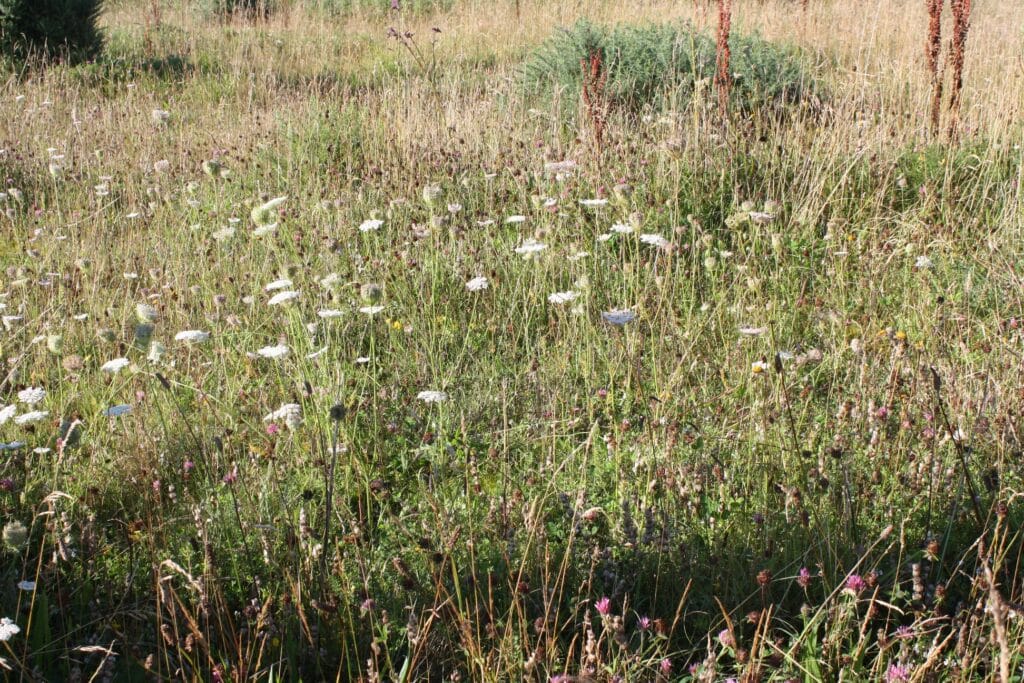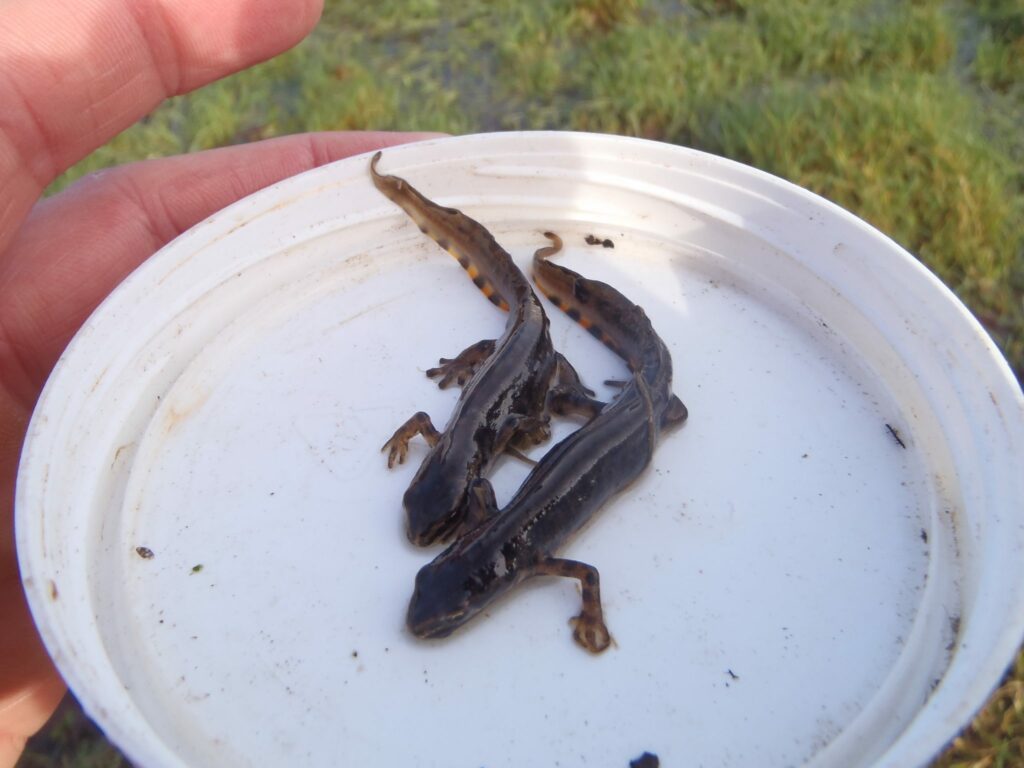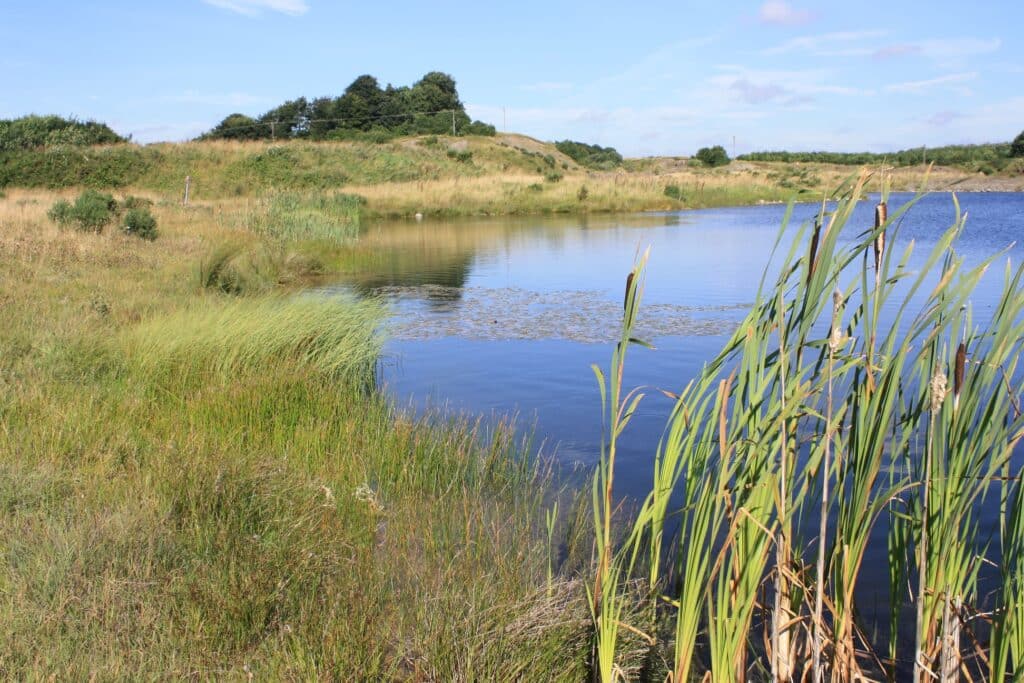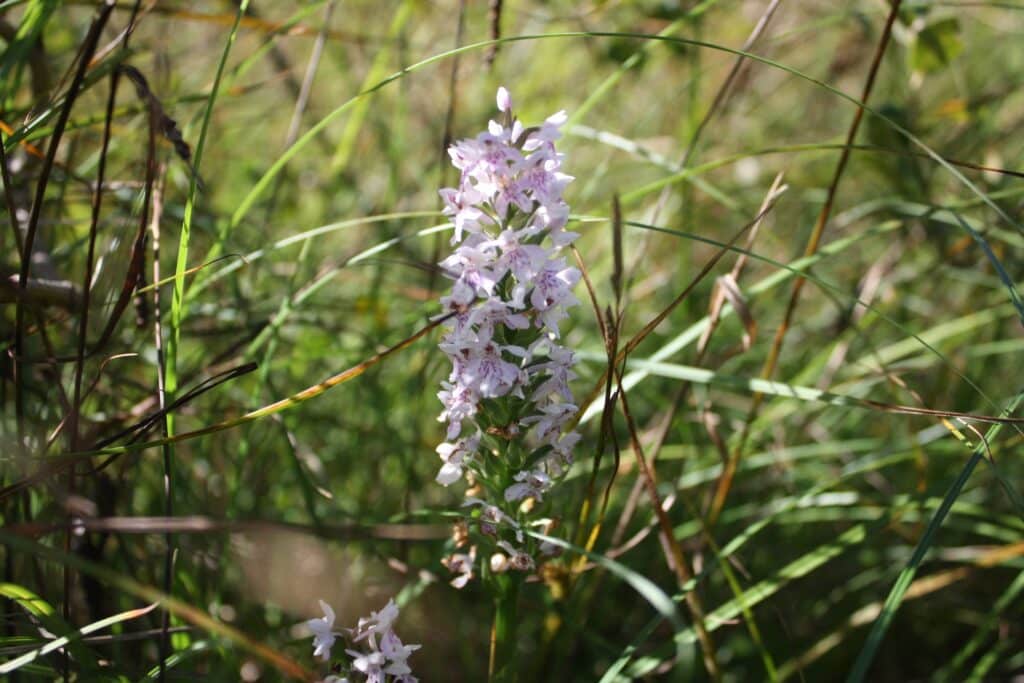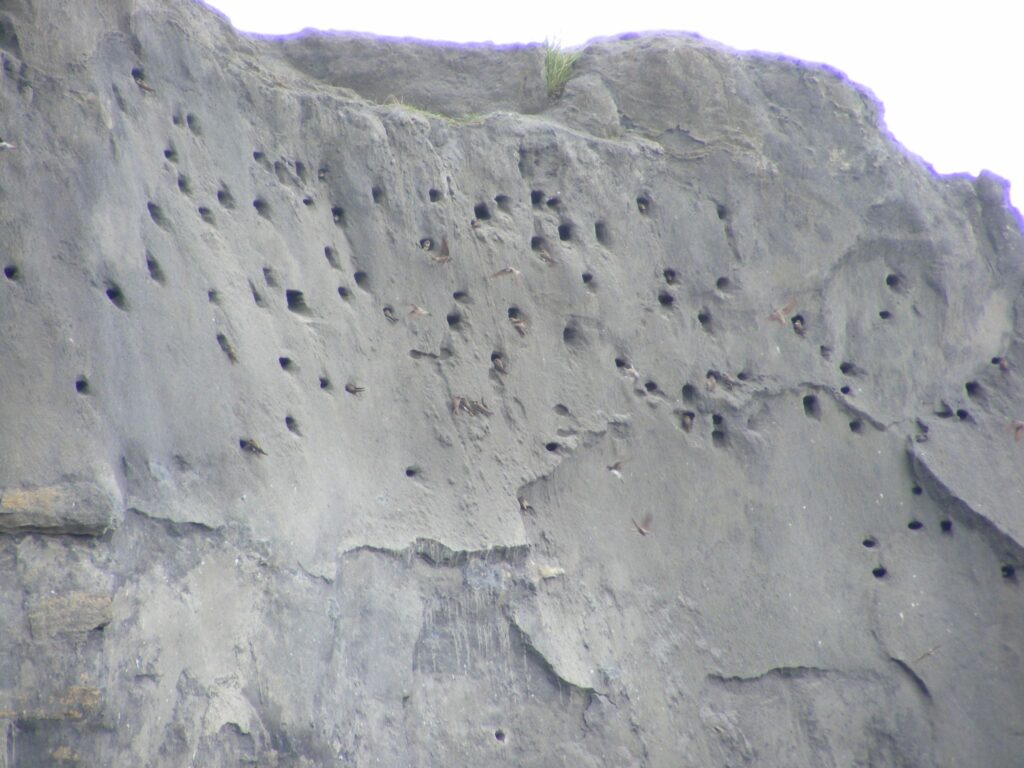Biodiversity
Throughout the life of quarries a large diversity of biological habitats is generated. Aggregate extraction is not only compatible with biodiversity but has the potential to create it. Indeed pits and quarries can be natural biodiversity havens by creating new habitats and attracting new species.
Quarries can provide important roosting and nesting sites for cliff nesting birds. Sand martins, plovers, falcons and kestrels all breed successfully in quarries and pits. South facing sand banks and exposed soft substrates can provide an important habitat for bees and a host of other invertebrates. In addition shallow and temporary ponds can be an important habitat for amphibians. Dry grassland can support a wide variety of broad-leaved herbs and grasses and sometimes host rare species like orchids. Quarries are often filled in with water to create lakes and reed beds which encourages wildfowl.
The industry recognises the impact of its extraction activities on the landscape and encouraging biodiversity is a key part of the concrete industry’s sustainability policy. ICF and the National Parks and Wildlife Service have produced “Guidelines for the Protection of Biodiversity within the Extractive Industry” to help operators to consider biodiversity from planning through to operations and rehabilitation of a quarry. These Guidelines are available in the Publications section of the website.

